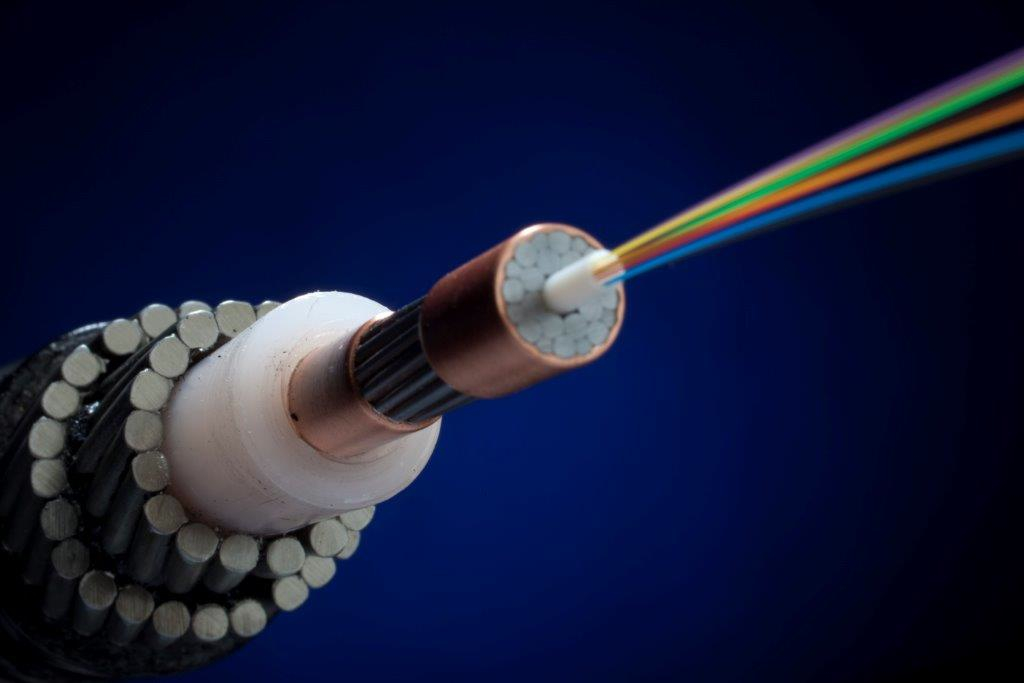Fiber optic cables, often referred to as “light pipes,” are a marvel of modern technology, revolutionizing data transmission and communication. These hair-thin strands of glass or plastic have diverse applications across various industries, enabling high-speed data transfer, long-distance communication, and more. In this comprehensive guide, we delve into the multifaceted uses of fiber optic cables, exploring their roles in telecommunications, internet connectivity, medical applications, and beyond.
Telecommunications and Data Transmission
Fiber optic cables serve as the backbone of modern telecommunications networks, carrying voice, video, and data over vast distances. Their key applications include:
- Long-Distance Communication: Fiber optics enable ultra-fast data transfer over long-haul networks, connecting cities and even continents.
- High-Speed Internet: Fiber-to-the-home (FTTH) and fiber-to-the-premises (FTTP) solutions deliver gigabit internet speeds to households and businesses.
- Cable Television: Many cable TV providers use fiber optics to transmit high-definition video and interactive services.
Internet Connectivity
In the digital age, fast and reliable internet access is essential. Fiber optic cables play pivotal roles in:
- Backbone Networks: Internet service providers (ISPs) use fiber optics in their backbone networks to ensure high-speed internet access across regions.
- Last-Mile Connectivity: FTTH and FTTP connections bring high-speed internet directly to homes, eliminating the limitations of copper-based DSL.
- Data Centers: Fiber optics interconnect data centers, facilitating the rapid exchange of information, cloud computing, and online services.
Medical Applications
Fiber optic cables are invaluable in the medical field, enabling precise diagnostic and therapeutic procedures, including:
- Endoscopy: Flexible fiber optic endoscopes provide doctors with real-time visual access to internal organs, aiding in diagnoses and minimally invasive surgeries.
- Optical Coherence Tomography (OCT): OCT utilizes fiber optics to create high-resolution cross-sectional images of tissues, assisting in ophthalmology, cardiology, and dermatology.
- Laser Surgery: Fiber optic cables deliver laser light for various surgical applications, such as cutting, cauterizing, and photodynamic therapy.
Industrial and Manufacturing
Manufacturing and industrial processes benefit from fiber optic technology in several ways:
- Quality Control: Fiber optic sensors monitor parameters like temperature, pressure, and humidity in real-time, enhancing quality control.
- Remote Monitoring: Industries use fiber optics for remote monitoring and control of equipment in hazardous or inaccessible locations.
- Data Transmission: Fast data transmission via fiber optics facilitates process control, automation, and the exchange of large datasets.
Military and Defense
Fiber optic cables play a crucial role in military and defense applications due to their reliability and security:
- Secure Communication: Fiber optics are resistant to electromagnetic interference (EMI) and eavesdropping, making them ideal for secure communication.
- Undersea Cables: Submarine fiber optic cables enable secure and high-speed communication between continents, enhancing global defense networks.
- Sensor Networks: Fiber optic sensors are used for perimeter security, detecting vibrations or breaches in sensitive areas.
Aerospace and Aviation
The aerospace and aviation industries rely on fiber optics for various applications:
- Data Transmission: Fiber optics provide high-speed data transmission for in-flight entertainment, communication systems, and navigation.
- Sensors: Fiber optic sensors monitor structural integrity, temperature, and strain in aircraft, enhancing safety and maintenance.
- Weight Reduction: Compared to traditional copper wiring, fiber optic cables are lighter, contributing to fuel efficiency.
Research and Scientific Instruments
In research and scientific fields, fiber optics are instrumental in:
- Spectroscopy: Fiber optic spectrometers analyze the composition of materials, aiding research in chemistry, physics, and environmental science.
- Telescopes: Optical fiber feeds spectrographs in telescopes, capturing and analyzing light from celestial objects.
- Biomedical Research: Fiber optics enable non-invasive monitoring and analysis in neuroscience, optogenetics, and microscopy.
Transportation and Automotive
Fiber optic cables are making their way into the automotive and transportation sectors, offering benefits like:
- Infotainment Systems: Fiber optics enhance in-car entertainment, providing high-speed data transfer for audio, video, and navigation systems.
- Safety Systems: Fiber optic sensors and cables are used in advanced driver assistance systems (ADAS) and autonomous vehicles.
- Lighting: Fiber optic lighting systems offer customizable interior and exterior lighting solutions in luxury automobiles.
Fiber optic cables are at the forefront of modern technology, illuminating the world with their incredible versatility. From enabling high-speed internet access to revolutionizing medical diagnostics and supporting national defense, these tiny strands of glass and plastic have truly transformed our interconnected world. As technology continues to advance, fiber optics will likely find even more diverse and innovative applications across various industries, further solidifying their place as one of the most influential inventions of the information age.
Contact Linden Photonics to get a quote or Call Us at (978) 392-7985

